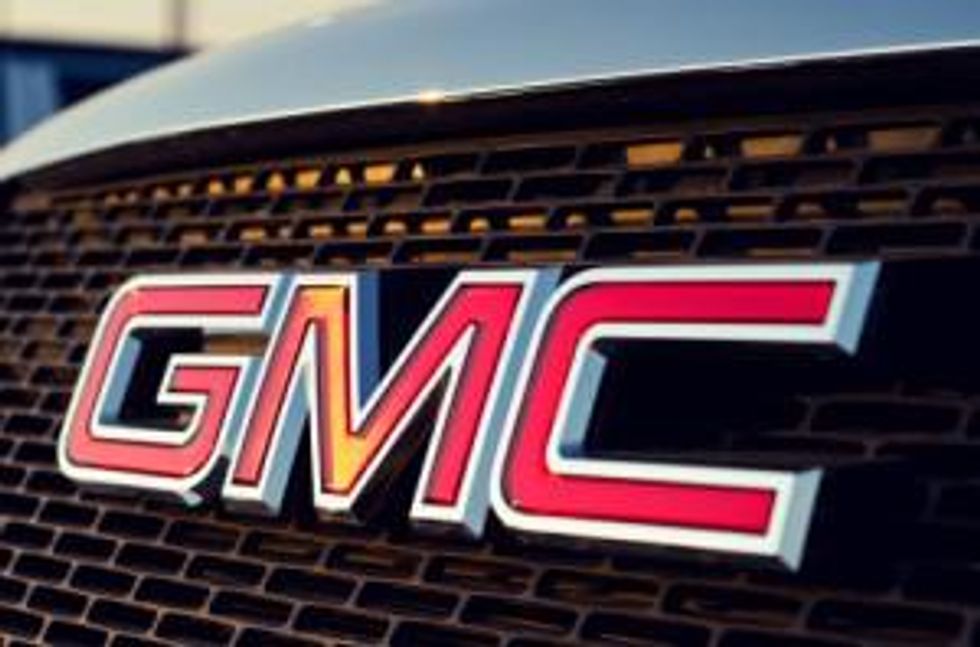GM’s Magnesium Breakthrough Raises Efficient Car Hopes
General Motors’ breakthrough in magnesium car parts is lifting hopes that all manufacturers will make greater use of the metal, especially as the European Union’s mandate to slash greenhouse gas emissions looms.
Lighter, stronger, and more resilient is what magnesium promises, and the car industry in particular is eager to take advantage of the metal’s properties. As governments worldwide implement increasingly stringent emissions targets, demand for more energy-efficient vehicles will only increase, and with it demand for magnesium is expected to surge.
General Motors (NYSE:GM) is certainly betting that magnesium will be the material of choice for its future cars. Last month, its China Advanced Technical Center reported that it had completed the initial low-pressure casting of a magnesium part, which GM described as a “milestone in lightweight automotive materials research.” The prototype magnesium alloy control arm is 30 percent lighter than its aluminum counterpart; lighter parts for vehicle chassis systems may lead to a 7 percent improvement in fuel economy for every 330 pound reduction in weight, GM said.
“The successful production of a part made from magnesium alloy is an important breakthrough for the ATC in lightweight automotive materials research. Satisfying the demands of our customers through new technological achievements is significant for GM’s ongoing growth in China and the Chinese automotive industry,” said John Du, director of GM’s China Science Lab.
The center has been operating since last September, and focuses on developing lightweight materials and battery cells that bolster the efficiency of electric and other advanced vehicles. The lab’s next phase is slated to open later this year, and will eventually house three additional technical and design units in addition to the China Science Lab, namely the Vehicle Engineering Lab, the Advanced Powertrain Engineering Lab, and the Advanced Design Center.
While China dominates the world’s magnesium market, excitement about the metal is particularly high in Europe as it is seen as a way to address the challenge of slashing greenhouse gas emissions. The European Union has mandated that carbon dioxide emissions be reduced to 130 grams per kilometer by 2015 for new cars, down from the average emissions rate of 140.3 grams per kilometer in 2010. Earlier this year, the European Environment Agency (EEA) found that all manufacturers must make considerable progress in meeting the necessary targets, especially as it will be imposing fines known as excess emissions premiums that will be calculated on a progressive scale for each additional gram of carbon dioxide above the target multiplied by the number of cars sold.
Toyota (NYSE:TM,TSE:7203) has not only complied with its 2012 target, but is also only one gram per kilometer short of meeting the 2015 target. Other manufacturers, including Daimler and Nissan, will need to reduce average emissions by over 14 grams of carbon dioxide per kilometer over the next five years, the EEA stated.
“There are some exciting ways to use magnesium … but what will drive the market is cars and energy efficiency. It dominated the conversation at the [International Magnesium Association’s annual meeting],” said one industry analyst who participated in the conference last month in San Francisco. “By volume and by sheer need, that’s where demand for magnesium is coming from.”
To be sure, there has been no shortage of opportunities for magnesium producers to promote the metal as a key part of the solution to greater energy efficiency. At the Global Automotive Lightweight Materials conference in London in April, for instance, car manufacturers worldwide gathered to discuss the challenges of designing and manufacturing commercially-viable lightweight vehicles that also maintain structural performance. Organizers noted, however, that “significant cost barriers remain across the advanced lightweight materials cycle … [c]learly tackling these costs will be key to mass market application.” Manufacturers will be gathering again in Detroit in August to exchange views on fuel economy challenges, and magnesium is expected to come under the spotlight once more.
As such, despite the lackluster performance of the magnesium market in recent months, it is unsurprising that South Korea’s POSCO (NYSE:PKX) will begin commercial production of magnesium plate for cars by March 2013 to supply manufacturers including Hyundai Motor and Renault Samsung Motors.
Securities Disclosure: I, Shihoko Goto, hold no direct investment interest in any company mentioned in this article.

